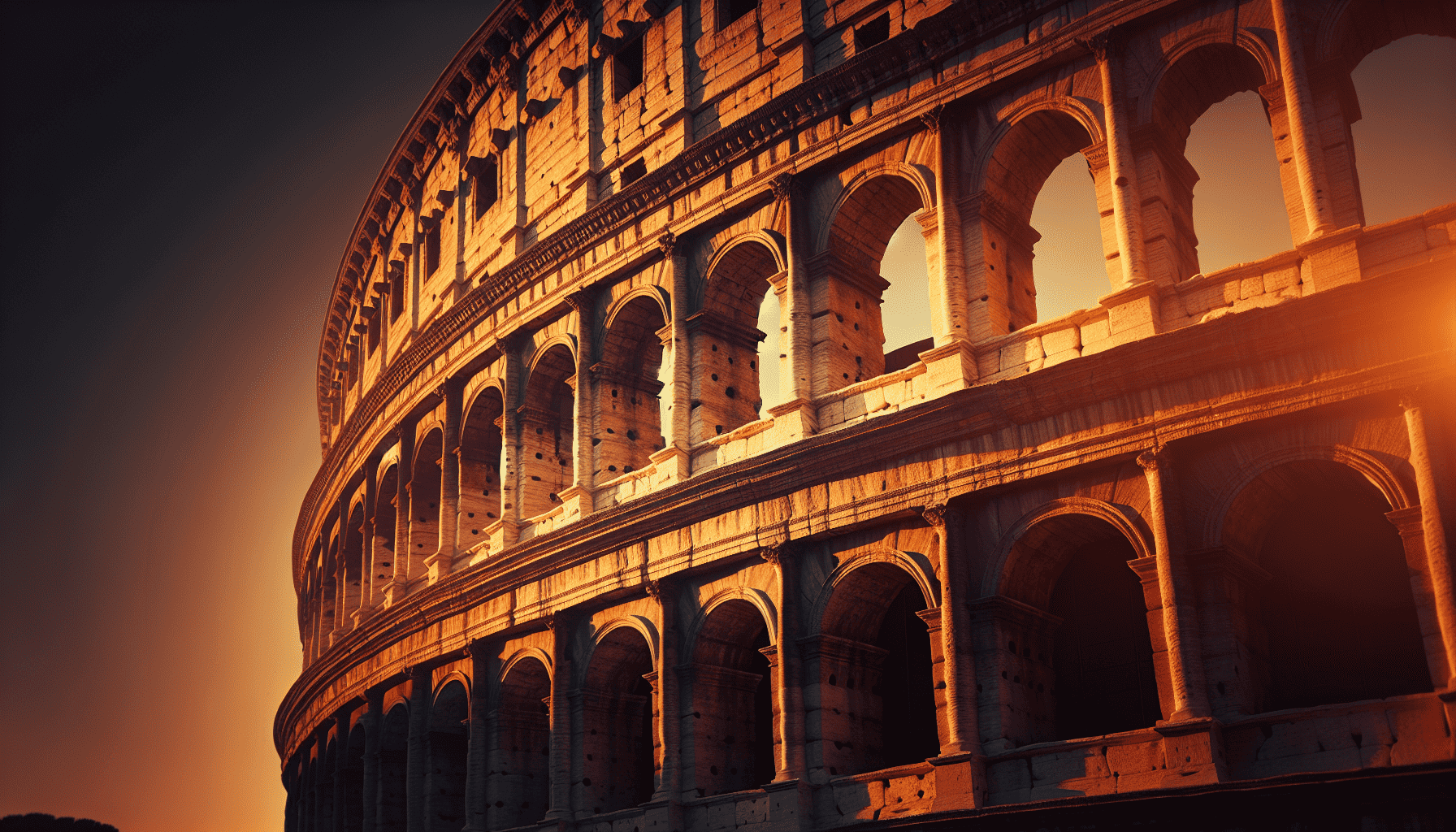The Roman Colosseum stands as a testament to the architectural ingenuity and cultural prowess of ancient Rome. This colossal amphitheater, renowned for its grandeur and historical significance, continues to captivate the imagination of millions worldwide. Constructed nearly two millennia ago, the Colosseum remains a symbol of Rome's ability to blend innovation with tradition, reflecting the city's illustrious past through its groundbreaking design and historical resonance.
Construction of the Colosseum began under the rule of the Emperor Vespasian in AD 72 and was completed by his successor, Emperor Titus, in AD 80. Its design was a marvel of engineering for its time, capable of seating up to 80,000 spectators. The Colosseum served as the epicenter of Roman entertainment, hosting a range of public spectacles, including gladiator contests, mock naval battles, animal hunts, and theatrical productions. These events not only entertained but also served as tools of political propaganda, reinforcing the power and magnanimity of the emperors among the masses.
Architecturally, the Colosseum is a masterpiece of classical Roman design, making liberal use of arches and vaults, which allowed for an incredible load-bearing capacity and created a dynamic, visually striking structure. The amphitheater offers a perfect illustration of the Roman mastery over concrete construction, a skill that enabled them to create large, durable buildings whose remains still endure today. The façade of the Colosseum, with its three levels of columns—Doric, Ionic, and Corinthian—showcases a progression of elegance and strength, epitomizing the aesthetic versatility ancient Roman architects achieved.
The engineering innovations of the Colosseum extended beyond its structural design. The hypogeum, a series of underground tunnels and chambers beneath the arena floor, exemplifies the complexity and sophistication of Roman construction. This subterranean network housed gladiators and animals before they were brought to the surface for exhibitions and included a system of pulleys and elevators that facilitated the elaborate logistics of each event.
The Colosseum's impact extends beyond its architectural feats. It serves as a historical lens, offering insight into the social and political dynamics of ancient Rome. The amphitheater was a venue where social classes mingled, with seating arrangements reflecting the hierarchical structures of Roman society—from the privileged classes seated near the arena floor to the plebeians in the upper tiers. The daily activities and spectacles at the Colosseum mirrored the values, violence, discipline, and entertainments that shaped Roman culture.
Despite the ravages of time, earthquakes, and stone theft for other building projects, the Roman Colosseum remains a significant cultural landmark, receiving millions of visitors annually. It is a UNESCO World Heritage Site and one of the New7Wonders of the World, testament to its enduring legacy and symbolic power.
In contemporary society, the Colosseum continues to teach us lessons on architectural excellence, civic engineering, and the social complexities of an ancient civilization. Its timelessness is not merely defined by its physical endurance but also by its capacity to inspire awe and provoke curiosity about the civilization that erected such an architectural legend. As we walk through its arches and stand in its shadow, the echoes of Rome's illustrious past resonate more clearly, reminding us of the indelible impact of human creativity and ambition.
